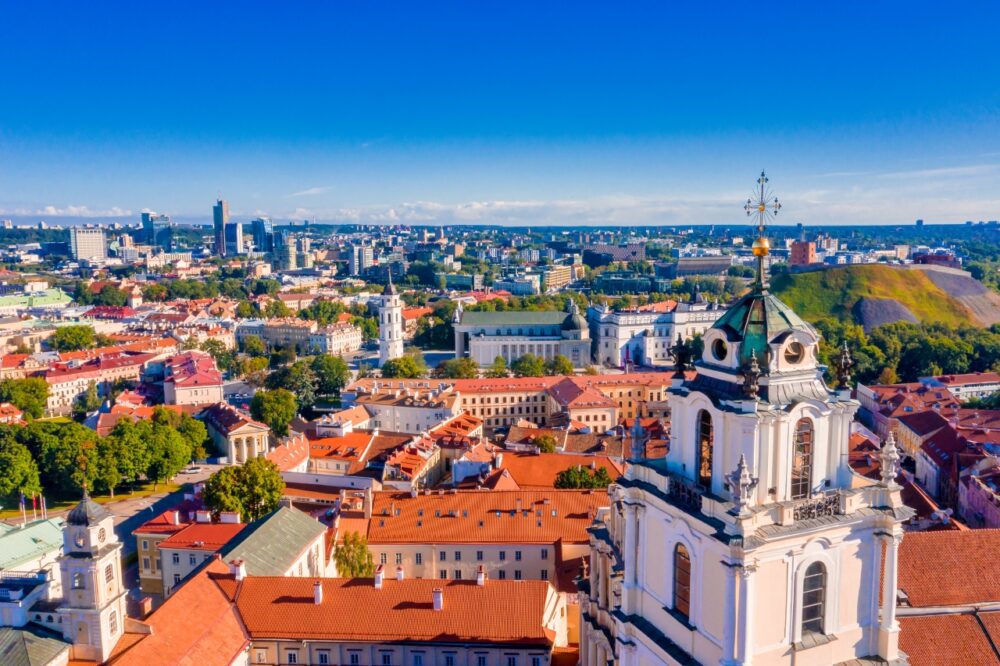
Is Vilnius worth visiting? Without a doubt! The first time I wandered through Vilnius, Lithuania’s capital, I was struck by its relaxed atmosphere, stunning baroque architecture, and creative energy. From exploring the cobbled streets of its UNESCO-listed Old Town to discovering quirky street art in the bohemian district of Užupis, Vilnius felt like a city full of surprises and charm.
Located at the crossroads of history and culture, Vilnius is a hidden gem in the Baltic region. Known for its rich heritage, the city is a blend of Gothic, Renaissance, and baroque styles, with landmarks like the impressive Gediminas Tower and the grand Vilnius Cathedral. But it’s not all about the past—Vilnius is alive with a youthful vibe, offering trendy cafés, buzzing nightlife, and vibrant markets. Whether you’re diving into its history, sampling Lithuanian cuisine, or simply enjoying its laid-back pace, Vilnius is a destination that leaves a lasting impression.
But is Vilnius worth visiting for you? In this blog post, we’ll explore the top 10 reasons why Vilnius should be on your travel list, from its architectural beauty to its rich cultural scene. Plus, we’ll share travel tips to help you plan the perfect visit. Keep reading to see why Vilnius might just become your new favourite European city.
Table of Contents
Pros – Reasons You Should Visit Vilnius
1. Beautiful Baroque Old Town
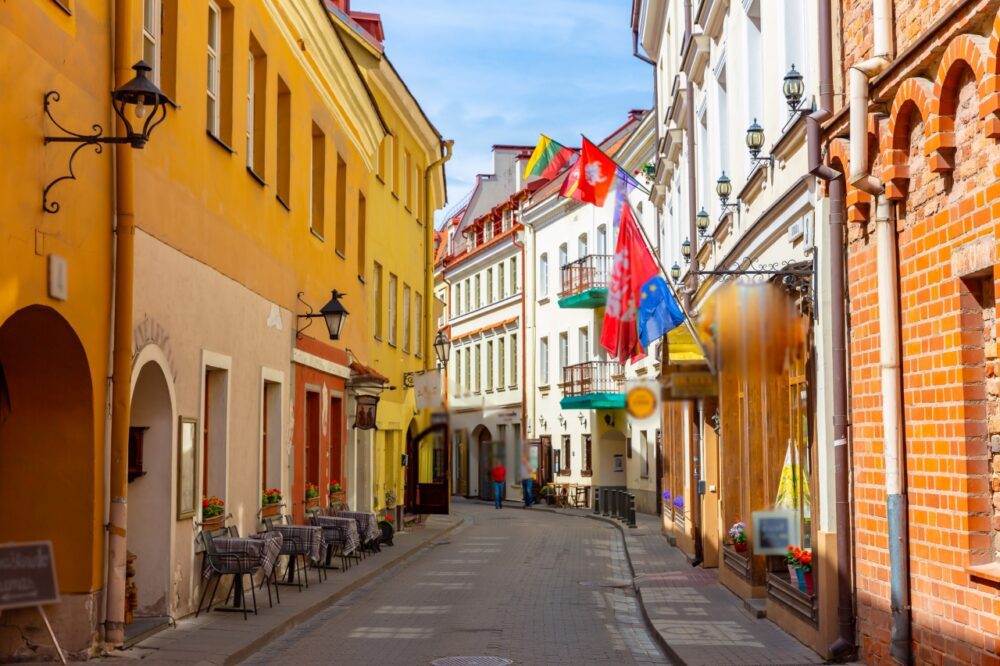
Vilnius boasts one of Europe’s largest and most beautiful Old Towns, a UNESCO World Heritage Site. Its winding cobblestone streets, baroque churches, and pastel-coloured facades make it a delight to explore on foot.
I spent hours wandering through the Old Town, stumbling across charming courtyards and quaint cafes. The St. Anne’s Church, with its intricate gothic design, is a must-see, while Vilnius Cathedral and its grand square offer a sense of the city’s historical importance. The best way to soak up the atmosphere is to let yourself get a little lost—you’ll always find something worth seeing.
2. Gediminas Tower and Panoramic Views
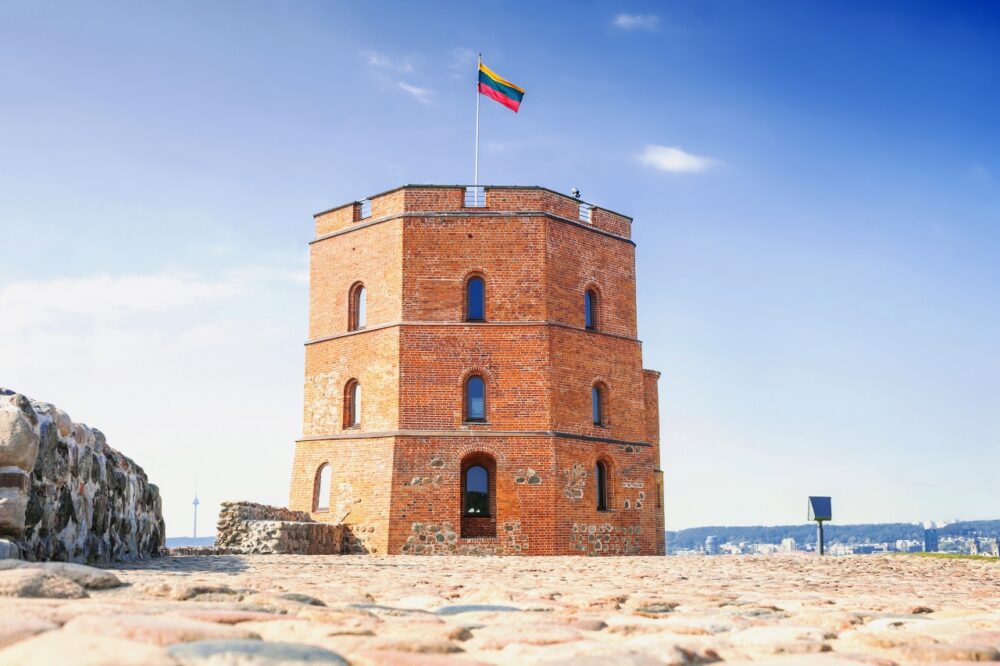
For breathtaking views of the city, head to Gediminas Tower, perched on a hill overlooking Vilnius. The short hike up is worth it for the sweeping panorama of red rooftops, church spires, and the lush greenery beyond.
Standing at the top of the tower, I felt like I could see all of Vilnius laid out before me. It’s especially magical at sunset when the golden light bathes the city. Don’t forget to bring your camera—it’s one of the most photogenic spots in town.
3. Unique Republic of Užupis
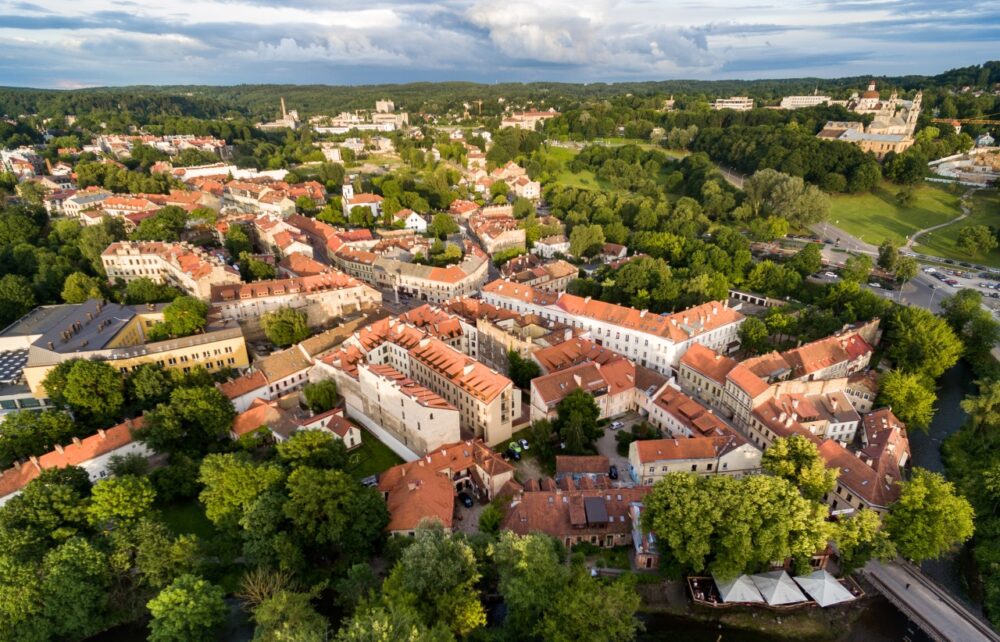
Vilnius is home to one of Europe’s quirkiest neighbourhoods, the self-proclaimed Republic of Užupis. Known for its bohemian vibe, street art, and independent spirit, Užupis is like a city within a city.
I loved exploring Užupis’s narrow streets and stumbling upon its famous Constitution, displayed on plaques in multiple languages. The area is full of artist studios, galleries, and cafes, making it a perfect spot for a leisurely afternoon. If you’re visiting on April 1st, you might even catch the republic’s annual Independence Day celebrations.
4. Rich Jewish Heritage
Vilnius was once known as the “Jerusalem of the North,” thanks to its vibrant Jewish community. Today, you can learn about this important history at sites like the Vilna Gaon Jewish State Museum and the Old Jewish Cemetery.
Visiting the Choral Synagogue, the only surviving synagogue in Vilnius, was a moving experience. The exhibits at the Jewish museum provided a deeper understanding of the city’s multicultural past. If you’re interested in history, Vilnius’s Jewish heritage is a significant and poignant aspect of its identity.
5. Affordable Travel Destination
Compared to many Western European capitals, Vilnius is refreshingly affordable. From accommodation to dining to attractions, your travel budget will go much further here.
I stayed in a boutique hotel in the heart of the Old Town for a fraction of what I’d pay in cities like Paris or Vienna. Dining out was equally budget-friendly, with hearty Lithuanian dishes and local craft beers available at very reasonable prices. If you’re looking for an affordable European getaway, Vilnius is an excellent choice.
6. Thriving Food Scene
Vilnius’s food scene is a delightful mix of traditional Lithuanian cuisine and modern gastronomy. Must-try dishes include cepelinai (potato dumplings) and kugelis (potato pudding), while the city’s trendy restaurants and cafes offer creative takes on local flavours.
I had an unforgettable meal at 14Horses, a contemporary restaurant that highlights locally sourced ingredients. For a more casual experience, the Hales Market is the perfect place to sample street food and pick up fresh produce.
7. Art and Culture Everywhere
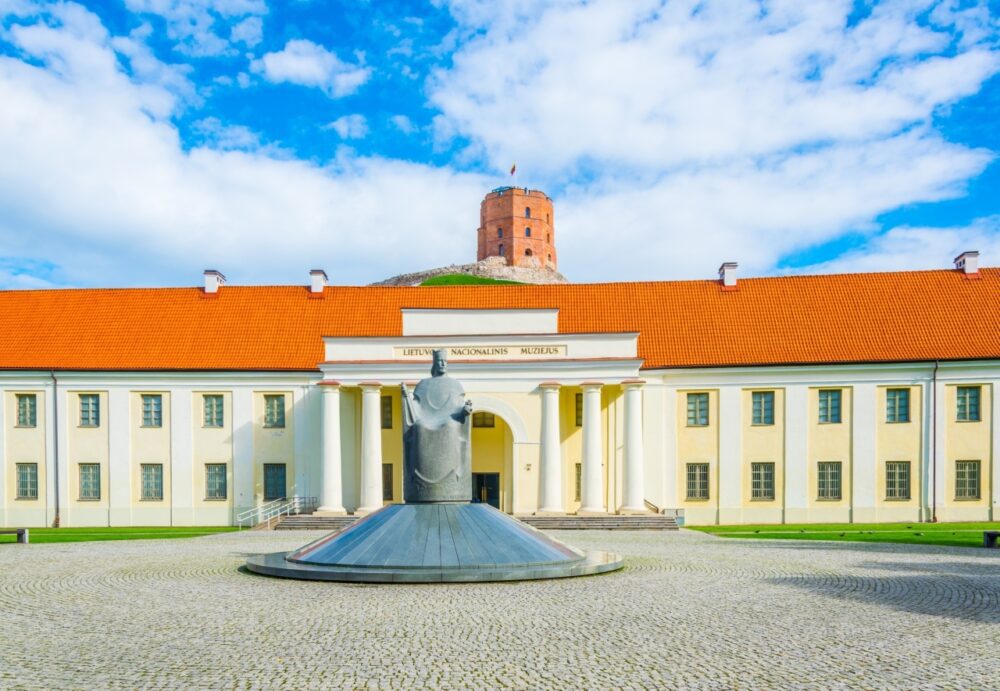
Vilnius is a cultural hub, with a packed calendar of events, festivals, and exhibitions. The MO Museum, a modern art gallery, is a standout, showcasing the best of Lithuanian contemporary art.
I visited the National Museum of Lithuania, which provided an excellent overview of the country’s history and culture. Whether you’re into art, music, or theatre, Vilnius has something to inspire you.
8. Easy to Navigate
Vilnius is a compact and walkable city, making it easy to explore without needing public transport. The main attractions are clustered in or near the Old Town, so you can see a lot in a short amount of time.
I found that walking was the best way to experience Vilnius, as it allowed me to discover hidden gems like local bakeries and antique shops. For longer journeys, the public buses and trams are reliable and inexpensive.
9. Green Spaces and Nature
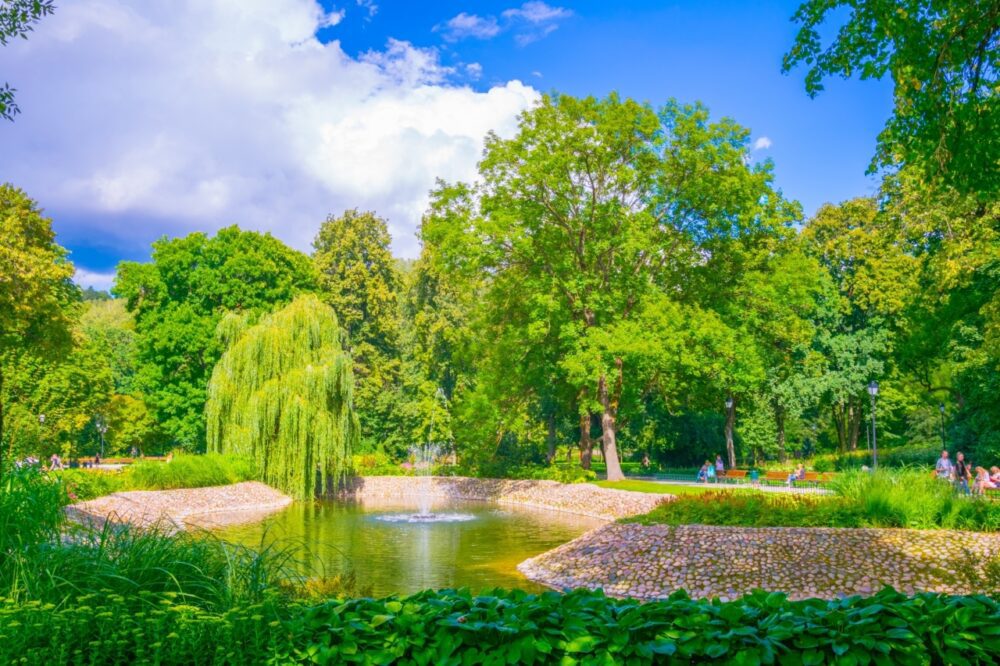
Despite its urban feel, Vilnius has plenty of green spaces to enjoy. Bernardine Garden, located near the Old Town, is a peaceful retreat with walking paths, fountains, and a rose garden.
I spent a relaxing afternoon in Vingis Park, where locals were jogging, cycling, and picnicking. If you’re a nature lover, Vilnius offers plenty of spots to unwind amidst greenery.
10. Warm and Friendly Locals
While Lithuanians may initially seem reserved, Vilnius’s locals are warm and welcoming once you strike up a conversation. Many speak English, especially in the city centre, making it easy for travellers to connect.
I had several lovely interactions with locals, from a shopkeeper who recommended her favourite restaurant to a tour guide who shared fascinating stories about Vilnius’s history. Their hospitality made my visit even more enjoyable.
Cons – Things to Consider When Visiting Vilnius
1. Crowds in Peak Season
Vilnius has been gaining popularity as a tourist destination, which means the Old Town and major attractions can get crowded, especially during the summer months.
I visited in July, and while the energy was lively, some of the smaller streets felt a bit too congested. For a quieter experience, consider visiting in spring or autumn when the crowds are thinner.
2. Limited Nightlife
While Vilnius has a growing nightlife scene, it’s more subdued compared to cities like Berlin or Prague. The bars and clubs are enjoyable but don’t expect a 24/7 party atmosphere.
I spent an evening at Skybar, which offers excellent cocktails and panoramic views of the city. While I enjoyed the relaxed vibe, travellers seeking a bustling nightlife might find Vilnius a bit tame.
3. Cold Winters
Vilnius’s winters are long and cold, with temperatures often dropping below freezing. While the snow-covered city can be magical, the chilly weather may not appeal to everyone.
I visited in February, and while the Christmas lights and winter markets were enchanting, the cold made outdoor exploration challenging. If you’re not a fan of cold weather, plan your trip for the warmer months.
4. Language Barrier
While English is widely spoken in tourist areas, you might encounter a language barrier in smaller shops or neighbourhoods. Lithuanian is a complex language, and not all locals are fluent in English.
I found that learning a few basic Lithuanian phrases, like “hello” (labas) and “thank you” (ačiū), went a long way in creating positive interactions. Most people were kind and patient, even when communication required a bit of effort.
5. Smaller City Feel
While Vilnius has a lot to offer, it’s a relatively small capital city, and you might find that two to three days are enough to see the main attractions.
After three days, I felt I had explored most of what Vilnius had to offer. However, if you enjoy slow travel and delving deeper into a city’s culture, you’ll find plenty of ways to extend your stay.
When to Visit Vilnius
The best times to visit Vilnius are spring (April to June) and autumn (September to October), when the weather is mild and the city’s streets, parks, and outdoor cafes are vibrant. These seasons also offer fewer crowds compared to the peak summer months. Summer (July and August) is warm and lively, with events like the Christopher Summer Festival filling the city with music. Winters in Vilnius are cold but magical, especially in December when the Christmas markets and snow-dusted rooftops give the Old Town a fairytale-like atmosphere.
How to Get to Vilnius
Vilnius International Airport (VNO) is just 6 kilometres from the city centre, making it quick and convenient to reach. It’s served by major airlines like airBaltic, Lufthansa, and Ryanair, connecting Vilnius to key European cities. From the airport, buses and trains offer affordable transport to the city centre in 15-20 minutes, while taxis and ride-hailing apps like Bolt are faster but more expensive. For regional travel, Vilnius is well-connected by international buses like Lux Express and by trains to other Baltic cities, such as Riga and Kaunas.
Where to Stay in Vilnius
Vilnius offers a variety of accommodation options across its distinct neighbourhoods:
- Luxury: Old Town – Stay in the heart of the city near landmarks like the Gate of Dawn and Vilnius Cathedral. Options like Grand Hotel Kempinski Vilnius and Hotel Pacai provide five-star elegance and historic charm.
- Mid-range: Uzupis District – Known for its bohemian vibe, this area is perfect for creative travellers. Consider Artagonist Art Hotel or Comfort Hotel LT, which blend unique design with comfort.
- Budget: City Centre – Close to transport hubs and offering affordable stays. Options like Jimmy Jumps Hostel or Hotel Panorama provide good value for budget-conscious visitors.
Getting Around Vilnius
Vilnius is compact and best explored on foot, especially the Old Town, a UNESCO World Heritage site with its cobbled streets and baroque architecture. For longer distances, the city’s Vilniečio Kortelė public transport system includes buses and trolleybuses, with single tickets or day passes available. Cycling is also a popular option, particularly in the warmer months, with CycloCity Vilnius, a bike-sharing scheme, offering convenient rentals. Taxis and ride-hailing apps like Bolt are widely available and affordable. For a unique perspective, consider taking a hot air balloon ride, as Vilnius is one of the few capitals in the world that allows ballooning over its cityscape.
How Long to Spend in Vilnius
Two to three days is ideal for exploring Vilnius’s highlights, including the Old Town, Gediminas Castle Tower, and the quirky Uzupis District, often referred to as a “republic within a city.” This allows time to visit the Museum of Occupations and Freedom Fights (KGB Museum) and sample Lithuanian cuisine in local restaurants. With an extra day, consider a trip to Trakai Castle, a picturesque island fortress just 30 kilometres away. Vilnius’s rich history, creative energy, and friendly atmosphere make it an excellent destination for a short but memorable trip.
Conclusion
So, is Vilnius worth visiting? Absolutely! With its beautiful Old Town, rich cultural history, and vibrant modern scene, Vilnius offers something for everyone. Highlights like Gediminas Tower, Užupis, and its stunning churches make it a must-visit destination. While it’s smaller and quieter than many capitals, its charm, affordability, and creativity make it a refreshing alternative. If you’re ready to explore Lithuania’s captivating capital, start planning your trip to Vilnius today—you’ll love every moment!
